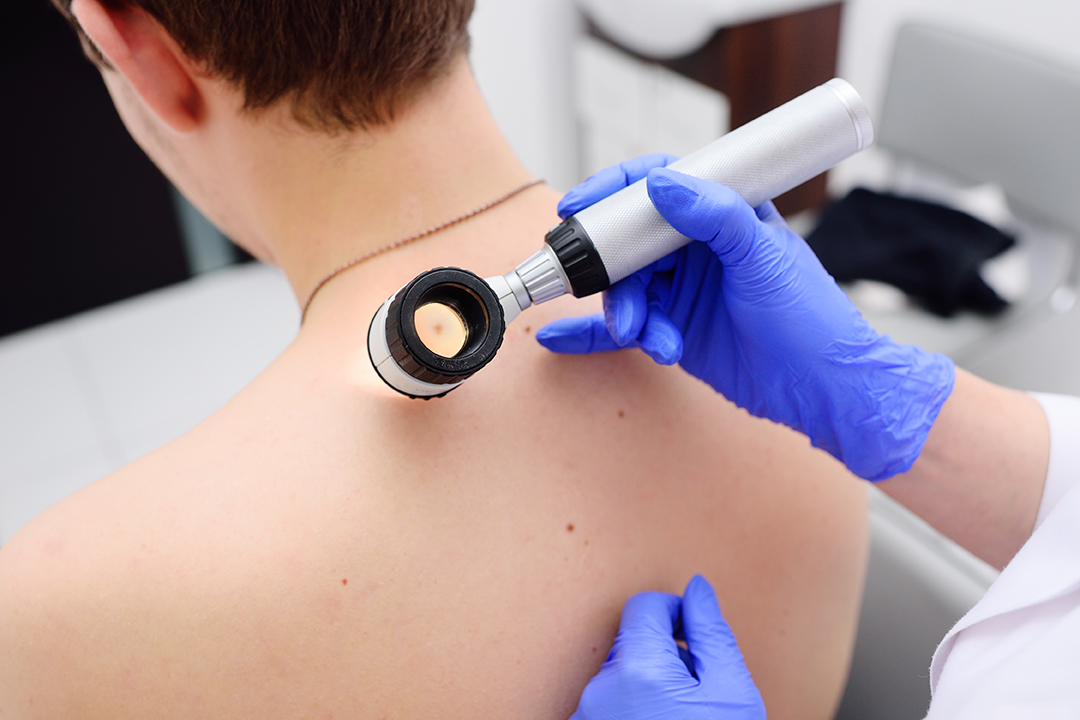- Chris Comans
- 1 Comment
In the sun-soaked state of Western Australia, where outdoor lifestyles are prevalent, skin health is a vital consideration for everyone. The region’s high UV radiation levels, coupled with its warm climate, make it essential for residents to stay vigilant about skin health.
One of the most effective ways to maintain skin health is through regular skin checks. But how often should you actually get a skin check in Perth?
Understanding the Importance of Skin Checks
Skin checks are pivotal in detecting skin cancer, particularly given Australia has one of the highest rates of skin cancer in the world. The Royal Australian College of General Practitioners (RACGP) estimates that two in three Australians will be diagnosed with skin cancer by the age of 70. This statistic is even more concerning for Western Australians, where prolonged sun exposure can lead to an increased risk of developing skin malignancies.
Early detection through routine skin checks can significantly increase the chances of successful treatment. A skin check typically involves a thorough examination of your skin by a healthcare professional, looking for any unusual moles, lesions, or changes in existing spots. This process can help identify potential issues before they develop into serious conditions.
At locations like Skin ChX in Subiaco, you can visit dedicated skin cancer screening practitioners who specialise in identifying and addressing skin issues. They offer expert guidance and support in maintaining your skin health.
Recommendation
for Skin Check Frequency
The frequency of skin checks can vary based on individual risk factors. General guidelines recommend the following:
1. Low Risk Individuals
If you have fair skin, few moles, and no personal or family history of skin cancer, a skin check every two years may be adequate.
2. Moderate Risk Individuals
Individuals with a higher number of moles, a history of sunburns, or a family history of skin cancer should consider annual skin checks.
3. High Risk Individuals
For those with a significant number of moles, a history of skin cancer, or other risk factors (such as a weakened immune system), it’s advisable to have skin checks every six months. It’s important for high-risk individuals to maintain regular visits with a specialised skin cancer screening practitioner to receive more tailored monitoring and guidance.
4. Every Skin Type Counts
Regardless of your risk level, individuals of all skin types should be aware of their skin and conduct self-examinations regularly. If you notice any changes—such as size, shape, colour, or texture of moles or spots—it’s vital to seek professional advice promptly.
Self-Examination: A Complement to Professional Checks
While professional skin checks are critical, regular self-examinations can complement these visits. Here’s how to conduct a thorough self-examination:
- Find a Well-Lit Area: Choose a bright room and use a full-length mirror. A hand-held mirror will help you check areas that are hard to see, like your back.
- Use a Systematic Approach: Start from the top of your head and work your way down. Don’t forget to check your scalp, behind your ears, and the soles of your feet.
- Look for Changes: Pay attention to existing moles and spots. Remember the ABCDE rule for moles:
- Asymmetry: One half is unlike the other half.
- Border: Irregular, scalloped, or poorly defined edges.
- Color: Variety of colours (brown, tan, black, blue, white, or red).
- Diameter: Larger than 6mm or changing in size.
- Evolving: Changes in size, shape, or colour over time.
- Document Your Findings: Keeping a record of your moles can help you track changes over time and can be beneficial during your professional skin checks at Skin ChX or similar facilities.
The Role of Seasonal Awareness
Western Australians are particularly susceptible to skin damage during the summer months when UV levels are at their highest. Therefore, this is a key time to be mindful of your skin health. In the summer, it’s advisable to have a skin check before or at the beginning of the season when you may be exposed to more sun.
Additionally, consider scheduling your skin check with a practitioner at Skin ChX after the summer months to evaluate any sun exposure you may have had during the holiday period.
Conclusion
In Perth, where sun exposure is a part of daily life, regular skin checks are a vital component of maintaining good health. By understanding your risk factors and incorporating both professional checks and self-examinations into your routine, you can take proactive steps toward protecting your skin.
Always remember, your skin is a reflection of your health, and taking the time to care for it is priceless. Whether it’s an annual check or a bi-annual visit, make your skin health a priority—because in the sunny state of Western Australia, a little prevention can go a long way. Visit Skin ChX in Subiaco for expert skin cancer screening and ensure that your skin stays healthy and protected.

Skin Cancer Myths: What’s Fact and What’s Fiction? - SkinChx